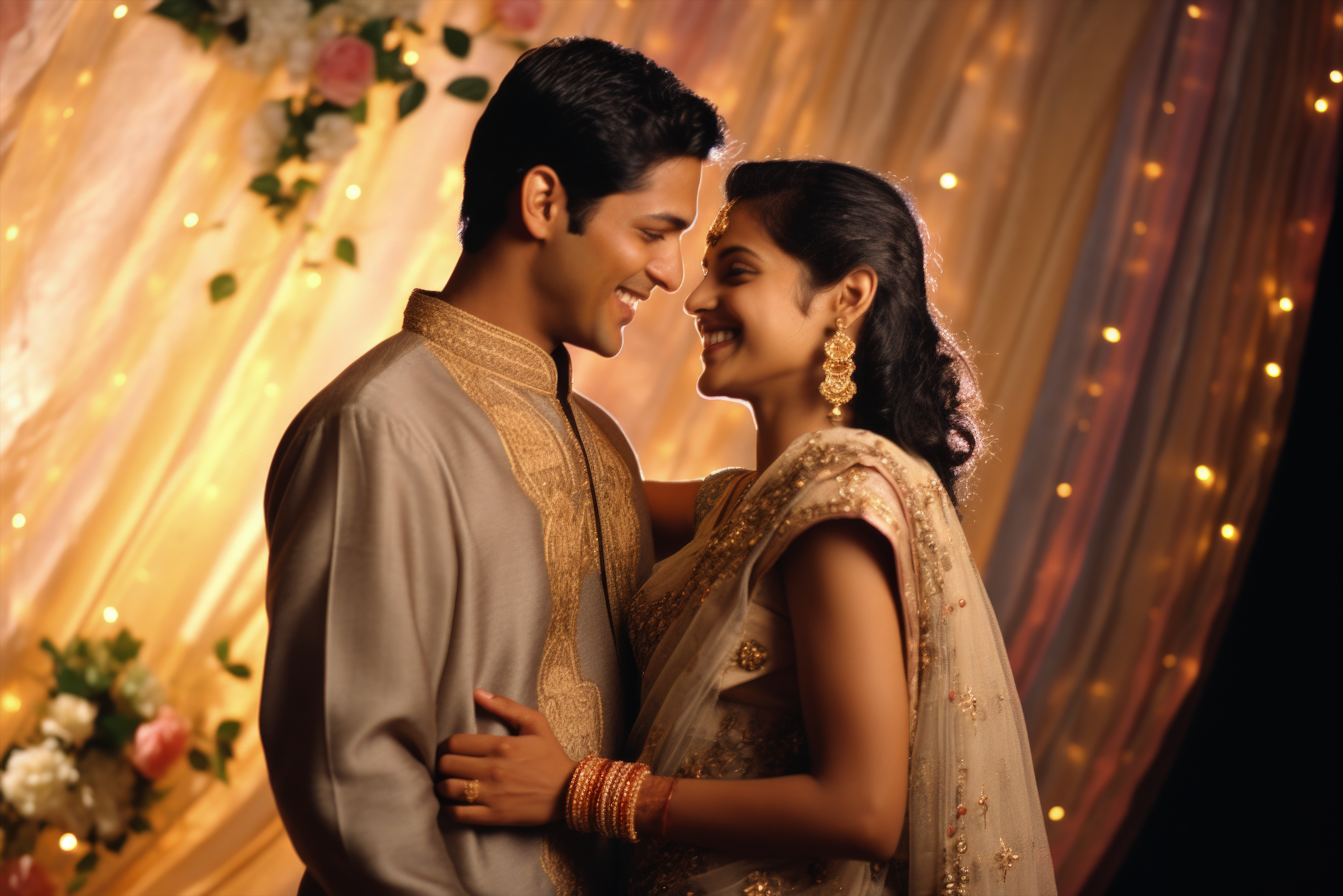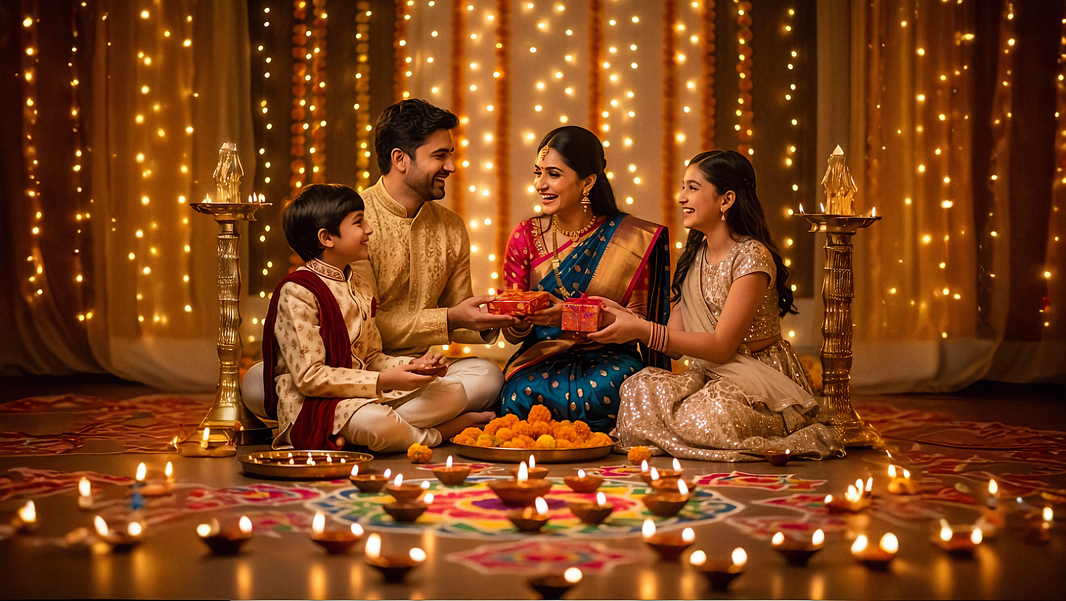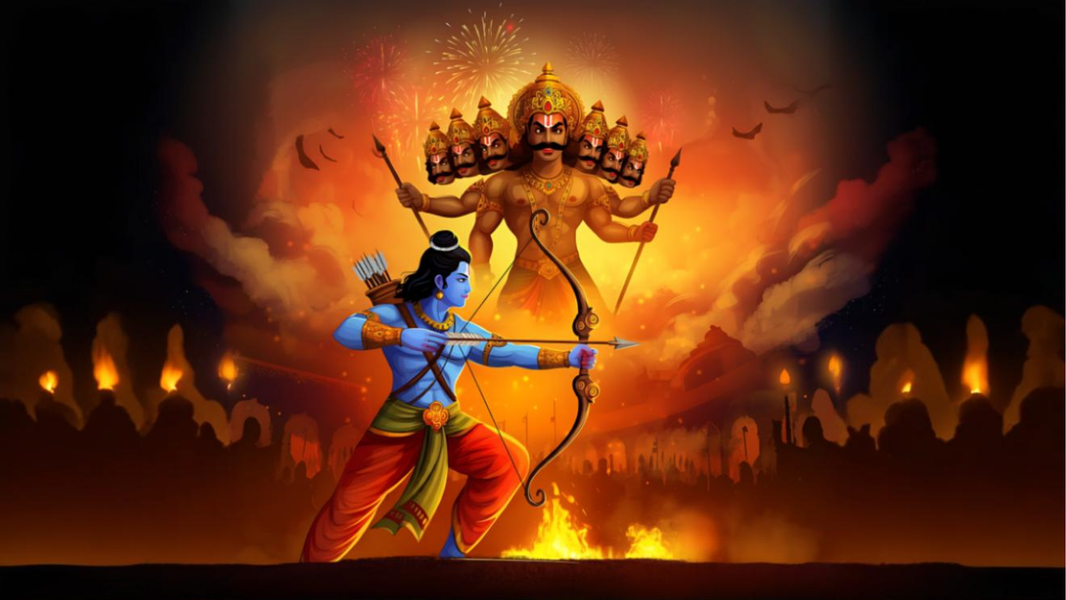In India, astrology plays a crucial role in various aspects of life, and one of its most significant applications is horoscope matching for marriage, also known as Kundli Milan or Gun Milan. This ancient practice aims to ensure compatibility between two individuals, thereby fostering a harmonious and successful marriage. Whether you are a believer or just curious, understanding the intricate process of horoscope matching as per Indian astrology can provide valuable insights into your marital prospects.
In this blog, we’ll explore the concept of horoscope matching in detail, explain the process, and dive into the important factors that determine compatibility for marriage in Indian astrology. By the end, you’ll have a solid understanding of how Kundli matching works, what it signifies, and why it’s still relevant today.
What is Horoscope Matching (Kundli Milan)?
Horoscope matching is the process of comparing the birth charts (Kundlis) of a prospective bride and groom to assess their compatibility for marriage. The main objective is to predict how the energies of the couple will interact and whether their union will result in a happy, prosperous marriage.
In Indian astrology, there are eight key areas of compatibility that are assessed through a system known as Ashtakoota Milan. Each of these aspects is assigned a score, and the total score helps determine the overall compatibility between the couple.
The Ashtakoota System of Horoscope Matching
The Ashtakoota system is an essential part of horoscope matching, where eight factors are analyzed to judge the compatibility of two individuals. These eight factors, also known as Kootas, are:
- Varna (1 point): This assesses the spiritual compatibility between the couple. There are four Varnas: Brahmin (highest), Kshatriya, Vaishya, and Shudra (lowest). This factor looks at how spiritually aligned the partners are.
- Vashya (2 points): This Koota determines the degree of control or mutual influence one partner will have over the other. Different signs are categorized under Chara (Movable), Sthira (Fixed), and Dual signs, which influence the level of harmony between them.
- Tara (3 points): Also known as Dina Koota, this factor assesses the health and well-being of the couple based on the Nakshatra (lunar mansion) they were born under. Good Tara compatibility ensures physical well-being and longevity for the couple.
- Yoni (4 points): This checks the sexual compatibility between the partners. Yoni Koota compares the Nakshatras, dividing them into animal symbols (e.g., Elephant, Lion, Dog). Compatible Yoni Kootas suggest a balanced physical relationship.
- Graha Maitri (5 points): Graha Maitri analyses the friendship between the ruling planets of the two horoscopes. If the ruling planets are friendly, it indicates mental compatibility and shared values in life.
- Gana (6 points): This Koota assesses the temperament of the individuals. Ganas are categorized into Deva (Divine), Manushya (Human), and Rakshasa (Demonic). Compatibility between Ganas is essential for understanding each other's emotional and intellectual nature.
- Bhakoot (7 points): Bhakoot Koota is one of the most important factors in horoscope matching. It checks for emotional compatibility, prosperity, and overall harmony in the relationship. A Bhakoot Dosha (malefic aspect) can lead to serious issues like financial instability and marital discord.
- Nadi (8 points): Nadi is considered the most crucial Koota, as it represents the genetic compatibility between the couple. It checks whether the couple shares the same Nadi (Aadi, Madhya, Antya). A Nadi Dosha (same Nadi) is considered inauspicious and can indicate problems related to childbirth or health complications.
The Scoring System: How Does Horoscope Matching Work?
In the Ashtakoota system, the total possible score is 36 points. The higher the score, the better the compatibility between the bride and groom. The generally accepted scoring ranges are:
- 18 or less points: Low compatibility, considered unsuitable for marriage.
- 18 to 24 points: Average compatibility. While marriage is possible, some astrological remedies may be suggested.
- 24 to 32 points: Good compatibility. This range indicates a stable and happy marriage.
- 32 to 36 points: Excellent compatibility, signifying a highly harmonious and prosperous union.
For example, if a couple scores 28 points, they are considered well-matched and can expect a strong marital relationship. However, if their score is below 18, astrologers may advise against the marriage or recommend specific rituals to mitigate potential problems.
Additional Factors in Horoscope Matching
While the Ashtakoota system provides a good foundation for compatibility, Indian astrology takes several other factors into consideration before finalizing the horoscope matching for marriage.
- Manglik Dosha (Kuja Dosha)
Manglik Dosha occurs when Mars is placed in certain houses (1st, 4th, 7th, 8th, or 12th) in the birth chart. It is considered malefic for marriage as it can lead to tension, conflicts, or even separation between the partners. If one of the partners has a Manglik Dosha, it is essential to match with another Manglik to neutralize the negative effects.
However, modern astrologers often take a more nuanced approach, analyzing the position of Mars alongside other factors to see if its malefic influence can be balanced. In some cases, astrological remedies like Puja (rituals) or mantras are suggested to mitigate the Dosha’s effects.
- Dasha Compatibility
Indian astrology also looks at the Dasha periods (planetary periods) in both charts to check how compatible the planetary cycles are for the couple. Misaligned Dasha periods can bring periods of hardship in the marriage, while harmonious Dashas can lead to stability and prosperity.
For instance, if one partner is going through a Shani (Saturn) Dasha, which is associated with challenges and struggles, and the other partner is in a Jupiter Dasha, which promotes wisdom and growth, the relationship might face imbalances during these periods. Understanding Dasha compatibility helps in planning remedies to strengthen the relationship.
- Navamsa Chart (D-9 Chart)
The Navamsa chart is a divisional chart specifically analyzed for marriage and relationships. It provides deeper insights into the quality and longevity of the marriage. Even if the main birth charts are compatible, the Navamsa chart can reveal hidden strengths or weaknesses in the relationship.
For example, if Venus (the planet of love) and Jupiter (the planet of wisdom) are well-placed in the Navamsa chart, it suggests a strong, nurturing relationship. However, malefic planets in the Navamsa can indicate challenges that the couple will need to work through.
Horoscope Matching in Modern Times: Is It Still Relevant?
While some people question the relevance of horoscope matching in today’s world, it remains a trusted practice in many Indian households. However, modern astrologers are often more flexible and take a balanced approach. Instead of focusing solely on astrological charts, they also consider the couple’s emotional, intellectual, and personal compatibility.
For couples who feel unsure about their relationship, Kundli matching can offer reassurance or identify areas where extra effort might be needed. However, it’s important to remember that astrology is only one piece of the puzzle. A successful marriage ultimately depends on mutual respect, communication, and understanding.
Conclusion: Is Horoscope Matching Necessary for a Happy Marriage?
Horoscope matching in Indian astrology offers valuable insights into compatibility, but it’s not the only factor that determines a successful marriage. Kundli matching can help highlight areas of compatibility or potential challenges, but personal effort, emotional intelligence, and mutual support are key to maintaining a strong relationship.
If you’re considering marriage and want to explore horoscope matching, it’s advisable to consult a professional astrologer who can guide you through the process and offer remedies if necessary. At Wewake, we believe in using astrology as a tool to enhance understanding and harmony in relationships, ensuring that both partners enter marriage with a clear sense of direction and purpose.







